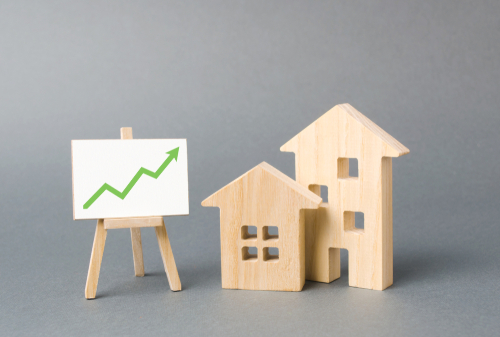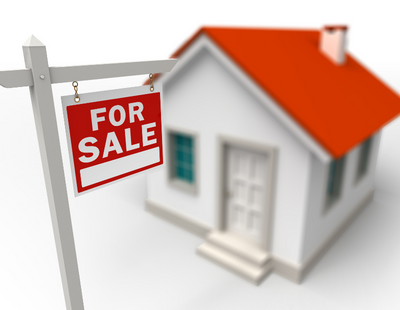
Exchanged prices across the UK have grown at an average of 3.8% over the past year despite ‘gloomy headlines’, TwentyEA claims.
New analysis from the property data company claims that the gap between the initial asking and exchanged prices is almost the same in 2023 as it was in 2019.
Four out of the 10 regions in England are still experiencing growth in exchanged prices of 5%, TwentyEA said.
Northern Ireland saw the highest growth of exchanged prices at 8.4% while the South West, Inner London, East of England, the North West, and Scotland all achieved more than 5%.
Every UK region saw gains of at least 3% except Wales and the West Midlands, according to TwentyEA. The latter saw the lowest exchanged price growth at 2.5%.
Growth in instruction prices year on year was also highest in Northern Ireland (7%) while the North West saw an increase of 5.7%, Scotland achieved 5.7% and Yorkshire and the Humber saw 5.1%.
On the average property, growth in the last year equates to £13,000, with £64,000 since 2019.
Overall, asking prices at original instruction have risen an average of 2.8% in the last year and 24% since 2019, according to the research.
This is a compound annual growth rate (CAGR) of 4.4% per annum.
Katy Billany, executive director of TwentyEA, said: “Despite the numerous gloomy headlines we’ve read over the last few months, instruction prices and exchanged prices have continued to rise across the UK with four out of the 10 regions in England all seeing growth in exchanged prices of 5% or more, a trend also evident in Scotland and Northern Ireland. This demonstrates the strength of buyer demand which is holding firm despite the backdrop of high inflation and rising interest rates.”
Meanwhile, the volume of ‘fall-throughs’ has reduced by more than 6% since March this year and is almost aligned with the pre-pandemic level seen in July 2019, TwentyEA said.
The company added that the ‘time to exchange’ has continued to fall month on month since February and dropped to 113 days in July.
Billany added: “Looking regionally at ‘fallen through’ volumes over the last year, only Scotland experienced an increase. Nationally, the lowest priced properties - those under £200,000 - are now significantly less likely to have a fall through than this time last year. It’s also very promising to see the ‘time to exchange’ continue to fall and we remain hopeful this continues.”




























Join the conversation
Jump to latest comment and add your reply
The £64,000 figure seems to suggest that average property prices in the UK have risen by over 25% since 2019. Most of this period was a sellers' market, given the help to buy, stamp duty and low mortgage rate advantages, against the backdrop of the so-called race for space. Now that these propitious circumstances are no longer in place (except for the stamp duty boost at the lower end of the market), it remains to be seen how much of this 25% will get clawed back in today's buyers' market - quite a bit I would guess. Indeed, the latest data from the country's major house builders indicates the problems they are experiencing selling stock in the current market - a big hint that the market is definitely now on a downward trend in the property cycle, with prices set to continue to fall.
Please login to comment